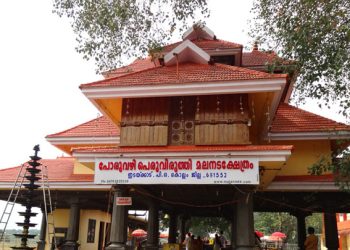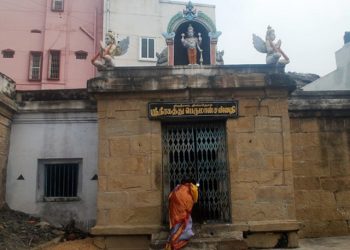Lord Sri Rama blesses the devotees with all his brothers and Mother Sita. While Sri Hanuman appears with his club in all Vaishnava temples, he is holding a Veena here.
Shrine’s History
The temple has beautiful architecture pieces and has been built by the Nayakkar kings during the 16th century. Govinda Dikshitar, the prime minister of the Nayaks, constructed the temple. He added a commercial corridor between his new temple and the older Chakrapani temple
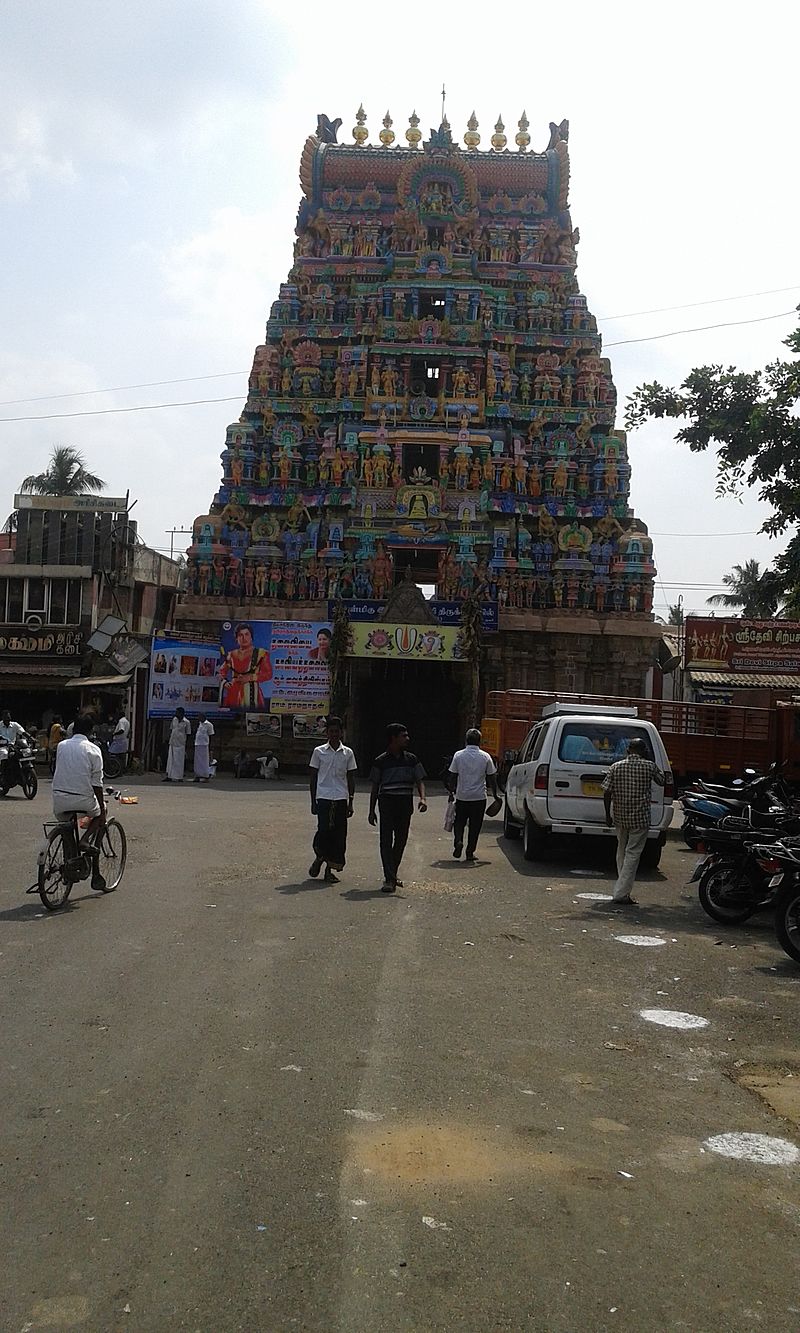
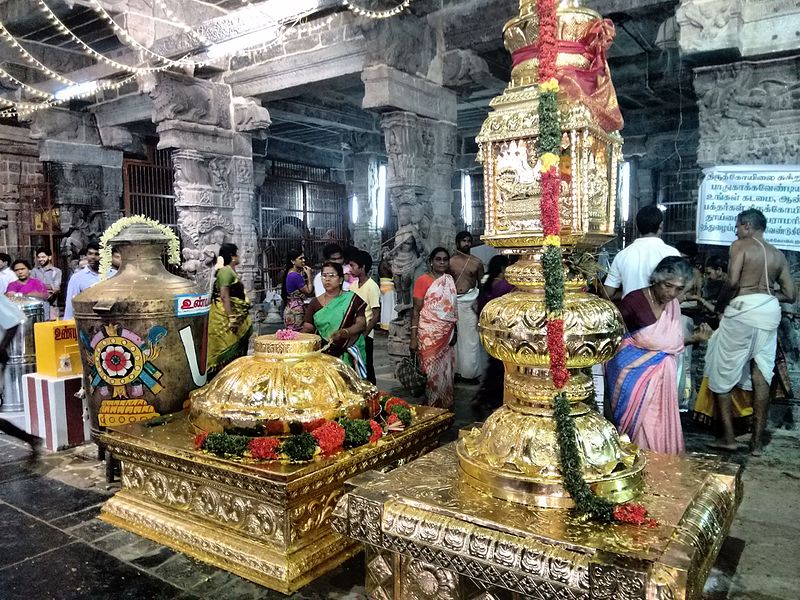
Architectural Relevance of This Shrine
The temple has a 3-tiered gopuram surrounded by walls. The central shrine houses the image of Rama in a seated posture with his consort Sita. The other images are of his brothers Lakshmana, Bharatha and Chatruguna in standing posture and Hanuman in worship posture. The pillars in the hall near the gopuram are sculpted with exquisite finesse depicting various episodes of the epic Ramayana. Each pillar is carved out of a single stone and the delicacy is very prominent.Rama in the temple is depicted with Vyakarna Mudra, while Hanuman is depicted holding manuscripts. The other important aspects of the epic like the coronation of Vibishana, the coronation of Sugriva, relieving Agalya from her curse and Hanuman playing veena. The temple is atytpical of Nayak style of temples.
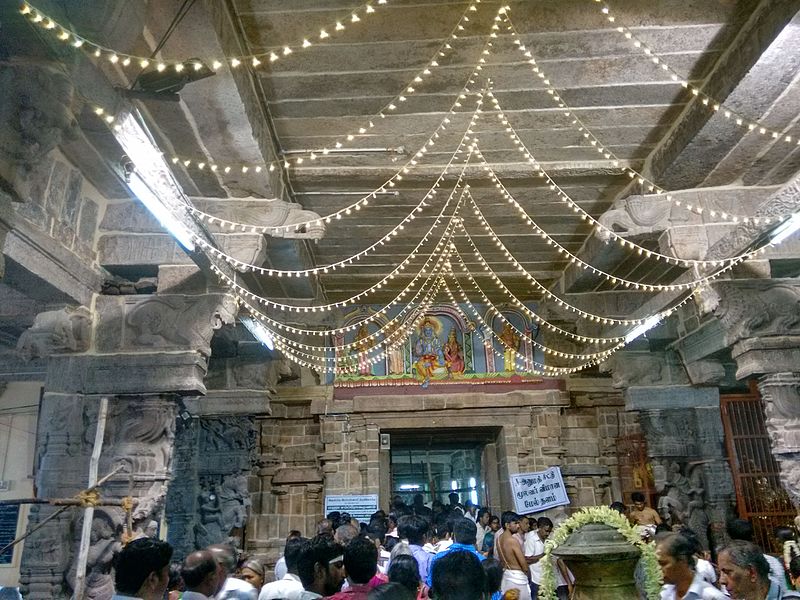
Shrine’s Map Location and How to Go There
By Road
There are regular government and private bus services to Chennai, Thanjavur, Mannargudi, Tiruchirapalli, Chidambaram, Nagapattinam, Coimbatore, Madurai, Pondicherry, and Tirunelveli.
By Rail
Kumbakonam is connected by rail with most important towns and cities in South India. The Mysore- Mayiladuthurai Express connects Kumbakonam with Mysore and Bangalore. There are regular express trains that connect Kumbakonam with major cities in the state like Chennai, Coimbatore, Madurai and Tiruchirapalli.
By Air
The nearest international airport is at Tiruchirapalli, which is 91 km from Kumbakonam.
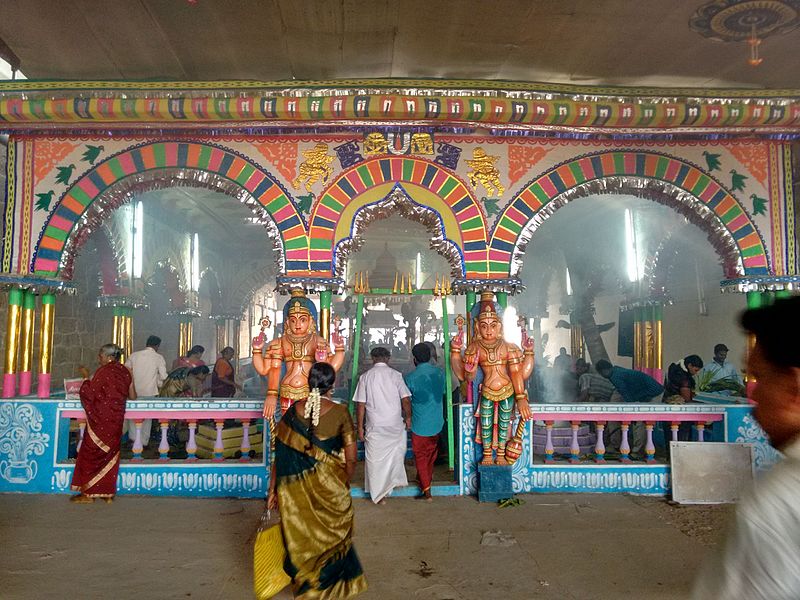
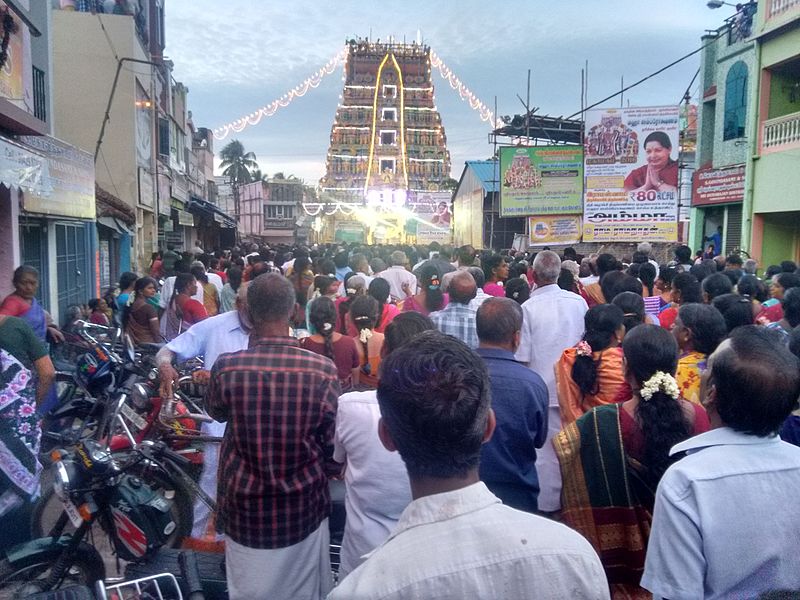
Shrine Timings
6.00 a.m. to 12.00 a.m. and from 4.00 p.m. to 9.00 p.m.
Events Celebrated at This Shrine
Sri Rama Navami is celebrated in the temple with special pujas in March-April Panguni Tamil month. On the Masi Maga day in February-March, Lord Sri Rama and Mother Sita visit the Maga Magam Temple Tank for a bath and offer Theertha Prasad to devotees.










































